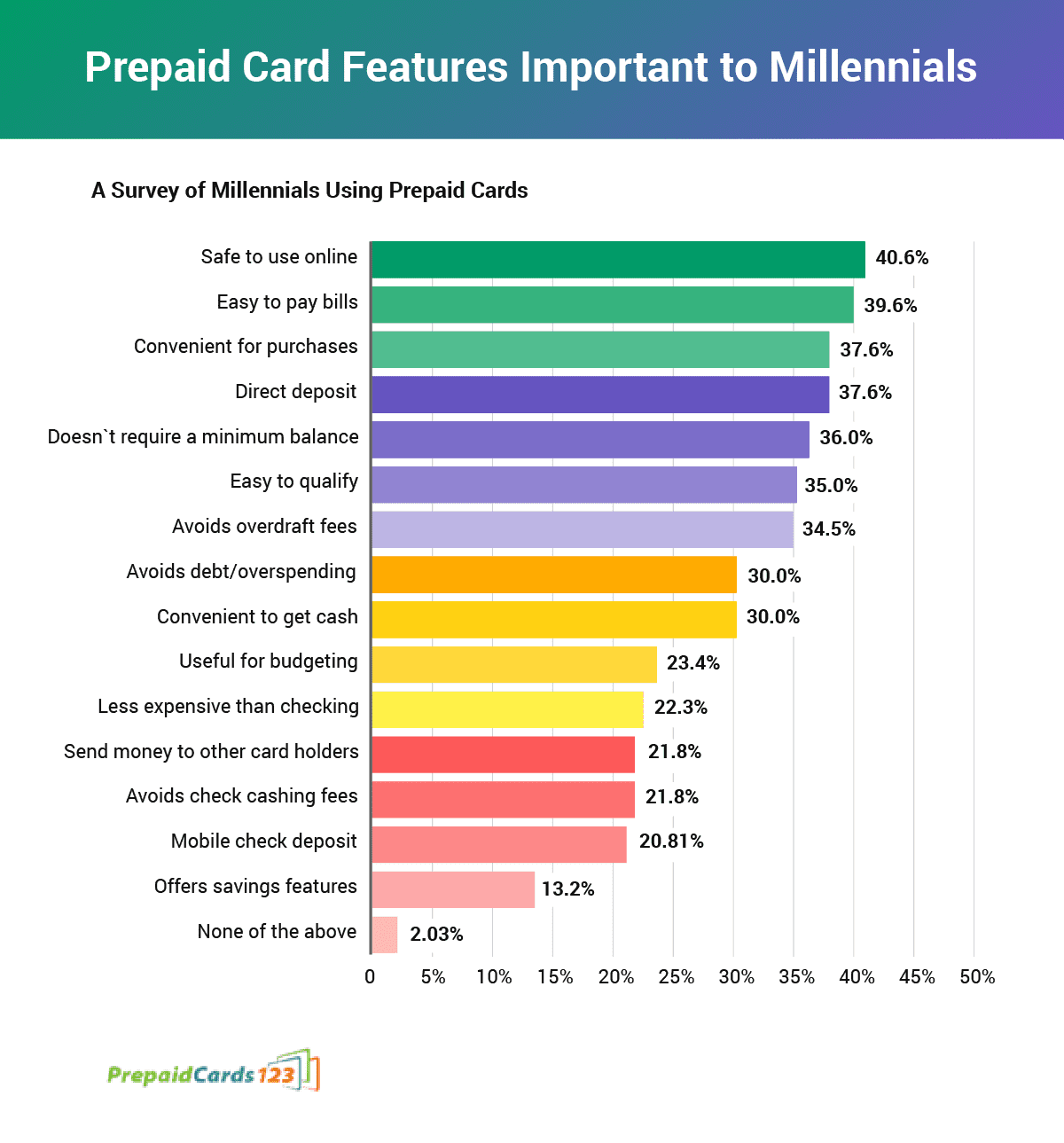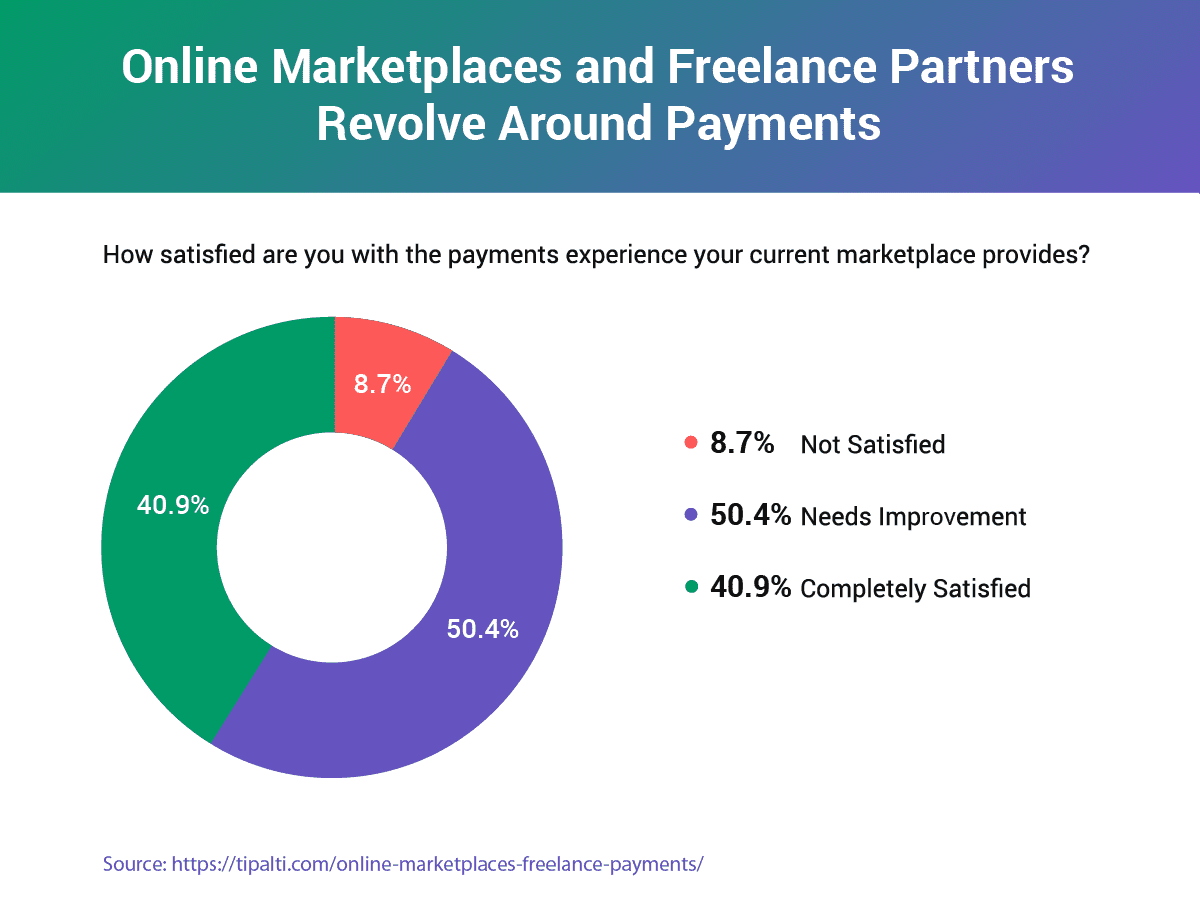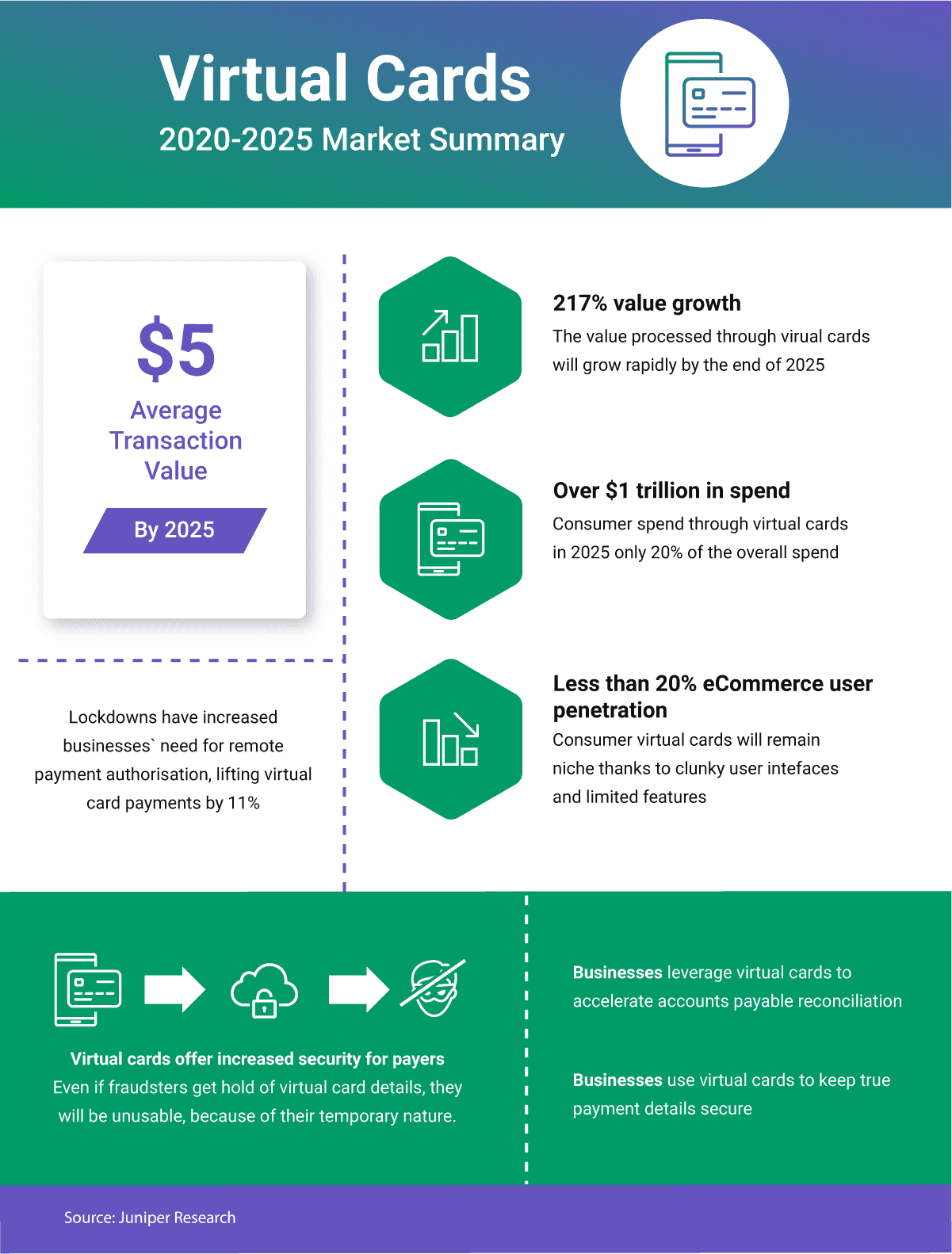While prepaid card scams are nothing new, they are seeing new life due to the coronavirus pandemic. Scammers have taken advantage of the crisis, masquerading as requests for charity donations, medical equipment, or requests for deposits to “maintain” social security checks.
Prepaid cards enjoy global popularity for many reasons. Consumers use them to make purchases anywhere they’re accepted, gift them to friends and family, or use them as deposit or savings in lieu of traditional banking accounts, among other trends. The global prepaid market is expected to reach $3.653 trillion in revenue by 2022, according to Allied Market Research.
Prepaid cards’ anonymity also makes them a favorite for fraudsters and terrorists. In the U.S., over 38,000 reported crime cases in 2019 involved gift and other prepaid cards, accounting for $103 million in losses, up from $77.9 million the year previous according to the FTC.
Aside from staying on top of the latest prepaid card scam trends, there are some technology solutions that can help prepaid card issuers protect their customers.
Better Security Could Be a Differentiator
Prepaid cards don't typically provide the same protections as credit cards or debit cards; stopping those fraudulent charges before they happen is beneficial for everyone. Customers don't lose their money, and don't leave their preferred prepaid card provider due to an issue with security.
Reloadable open-loop cards are increasingly popular among millennials and gig workers for several reasons.
Millennials prefer prepaid cards because they can avoid traditional fees associated with bank accounts, and use them as money management tools. For the largest demographic in the U.S. workforce, online security was highlighted as the most important feature in a prepaid card.

Millennials responding to an online survey reported that their most important preference in a prepaid card was online security. (Credit PrepaidCards123)
Freelancing, also known as the gig economy, has seen a sharp rise during the pandemic as many have had to turn to contract work to make ends meet. By 2028, freelancers could make up more than half of the U.S. workforce. Prepaid cards let gig workers to get paid in real time upon completion of work, and help businesses avoid lengthy, time-consuming, and costly reimbursement processes.

Freelancers report that their payment experience with clients could be improved upon, according to a Tilpalti study. (Credit Tilpalti)
However, these influential groups also attract the interest of tech giants looking to move into the competitive prepaid card space, which means incumbents will need to work harder to maintain both current and new customers. Implementing better security strategies is one way to do this.
Prepaid Card Scams Prevention Tools
Biometrics
With the spike of ecommerce and digital payments due to the coronavirus, new security measures to ensure the owner of a card is making an actual payment are needed. Biometrics are a potential solution, especially when combined with additional security measures. For example, Mastercard has pioneered the use of a biometric payment card with built-in fingerprint sensor.
Ajay Bhalla, President of Global Enterprise Risk and Security at Mastercard said in 2018 that the use of passwords for payments authentication is “woefully outdated.”

In select countries, biometrics are preferred for confirming digital payments due to being quick and more convenient than passwords.
“It’s far easier to authenticate with a thumbprint or a selfie,” Bhalla added. “And it’s safer, too.”
Biometrics, which can also include iris, face, and voice scanning, can help prepaid card issuers meet security measures laid out in payment regulations. Fingerprint scanners are now a staple in mobile devices such as smartphones, and are used by the leading digital wallet providers for in-app and in-store purchases.
Virtual Cards
The pandemic has forced many consumers to shift spending behaviors, causing a huge spike in ecommerce. This also led to a huge uptick in using virtual prepaid cards as a security measure for shopping online. A Juniper Research study found that the annual value of virtual cards used by businesses will grow 90% over the next four years.
Netspend reported that its virtual card spending rose 793% YOY during Q3 2020, and the number of virtual card transactions grew 458% YOY during the same period. Juniper Research anticipates that consumer virtual cards will generate over $14 billion in revenue for card providers by 2022, primarily from remote purchases.
Virtual prepaid cards, which are temporary card numbers available for a single transaction or limited time, allow consumers to avoid revealing sensitive information online, such as card information or Social Security numbers. They are also easy to issue quickly. With instant digital issuance and push provisioning, card issuers can replace or issue a new card to a consumer’s digital wallet in real time, instead of making the consumer wait for a plastic card in the mail.

Virtual credit cards have a lot of potential for the prepaid card industry, but work still needs to be done.
Online consumers can use tools to generate new virtual card numbers that can be used with different merchants, further increasing their online security if a merchant should suffer an attack from hackers. Virtual cards can be used as an anti-fraud measure because of tokenization. Tokenization is the generation of a token in place of actual card details. If the token is intercepted, it cannot be used by the fraudster.
Tokenization can also work with real cards, and is the method used by popular digital wallets like Apple and Google Pay. After a customer has added their plastic card information to their digital wallet, the digital wallet creates a token whenever the customer uses their device to pay.
“Virtual cards offer a number of financial management possibilities, for both business and consumer use,” said James Moar, Juniper Research lead analyst involved in the recent study. “However, the limits of the technology currently mean that virtual cards need to be part of a wider payment or security product.”
Multi-Factor Authentication
Two issues that are often at odds with one another for financial services providers are security and customer experience. While friction in the customer experience is undesirable, it is still necessary to implement enough security measures that customers are assured their information and their money are safe.
According to Microsoft, 73% of passwords are duplicated across accounts. However, the technology giant also asserts that 99.9% of cybersecurity attacks can be stopped by multi-factor authentication. Google backs up Microsoft’s assertion, stating in May 2020 that users who added a recovery phone number to their accounts (and indirectly enabled SMS-based MFA) blocked up to 100% of automated bots, 99% of bulk phishing attacks, and 66% of targeted attacks.

Device and knowledge-based challenges can thwart automated bots. Device-based challenges can thwart phishing and targeted attacks. (Credit Google)
Multi-factor authentication or MFA has become increasingly important in a digital world. Passwords alone are too easy to lose or to crack, and having just one layer of security is not enough. Having security that covers different areas can also shed light on new, as-yet undiscovered issues.
“[Organizations] need to understand that each of the two, three, or more factors can be used to discover different kinds of risks,” Anmol Singh, lead analyst at independent European analyst organization KuppingerCole, said during a 2019 European Identity & Cloud Conference.
“And when choosing which factors to use, they should ensure that these cover the most serious risk to their particular organization or business.”
Conclusion
With the increasing need to lean on technology and digital channels during the COVID-19 pandemic, changes in consumer behavior are likely to remain changed. Whether it’s simply long-simmering trends that were accelerated or a renewed understanding of the convenience of digital, businesses and consumers are navigating a new normal that brings new risks.
The above three security measures are just the tip of the iceberg when it comes to safeguarding your business, employee, and customer information against prepaid card scams.
If you’d like personalized information about securing your prepaid card issuance system or mobile application, let us know. We’re always happy to talk about the intersection of finance and technology!











